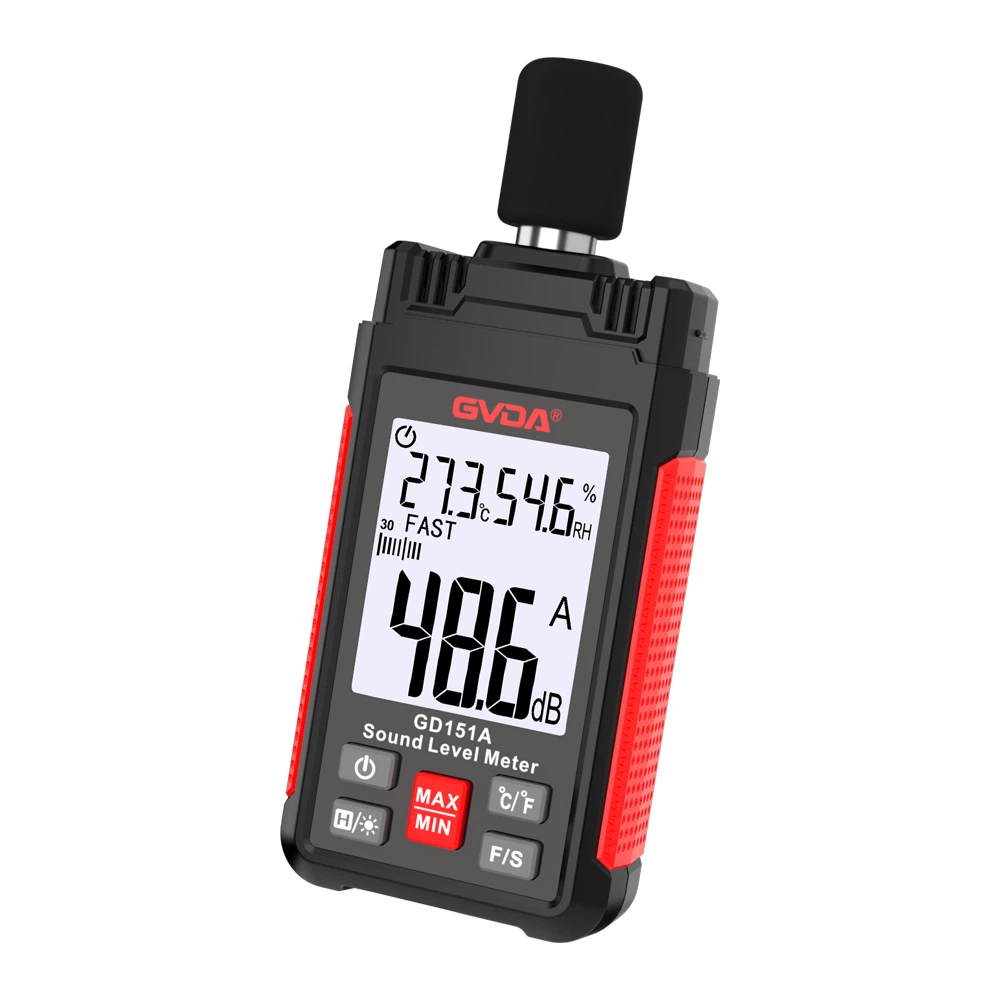Measurement lower limit of sound level meter and self-generated noise
The new sound level meter international standard IEC61672-1:2002 and the new sound level meter measurement verification regulation JJG188-2002 define the sound level measurement range as: the response to the sinusoidal signal, starting from the minimum sensitivity level range The range of A-weighted sound levels that can be tested when there is no indication of overload or underrange and the level linearity error is within the specified tolerance range. At the same time, it is stipulated that within any frequency weighting or frequency response range of the sound level meter, on all level ranges at any frequency, after the level linearity error plus the extended uncertainty (0.3dB) caused by the measurement, the level 1 sound level The meter does not exceed ±1.1dB, and the level 2 does not exceed ±1.4dB. According to this, in order to ensure the requirement of level linearity error and deduct the influence of uncertainty, the self-generated noise of a level 1 sound level meter should be at least 8dB lower than the lower limit of measurement, and the level 2 sound level meter should be at least 6.7dB lower. They are all at least 5dB lower than the old standard.
However, at present, many manufacturers set the value of self-generated noise (noise floor) as the measurement lower limit of the sound level meter, which is obviously misleading users. Users should pay attention when choosing, the actual measurement lower limit of this type of sound level meter is 6.7dB~8dB higher than what they give. Some manufacturers still stipulate that the measurement lower limit is 5dB higher than the background noise according to the old national and international standards for sound level meters, which is not accurate enough.
The measurement lower limit of the sound level meter is mainly determined by the sensitivity of the microphone and the self-generated noise of the sound level meter. To reduce the measurement lower limit, we must start from these two aspects. In the new international standards and regulations, manufacturers are required to give the highest self-generated acoustic noise and self-generated electrical noise respectively. It is required to measure self-generated sound noise when the sound level meter is placed in a low-noise sound field. Since some are low-noise sound fields only for A sound level, only the A sound level of self-generated sound noise can be measured at this time. Self-generated electrical noise is measured by using an equivalent electrical impedance instead of a microphone. We know that microphones also generate self-generated noise (thermal noise), so usually the self-generated acoustic noise of a sound level meter is greater than the electrical noise. The equivalent electrical impedance of the microphone is basically a capacitor whose capacitance is about 50pF for a 1-inch microphone and about 15pF for a 1/2-inch microphone. The self-generated noise measured by different capacitances will be different. When testing self-generated electrical noise, adapters used for electrical signal transfer should not be used. The capacitors built into this adapter are 0.01μF or 0.1μF, and the electrical noise measured with it will be significantly lower. In addition, when measuring self-generated noise, the time-weighted sound level of F and S should be the arithmetic mean value of 10 indications read randomly within 60s, instead of the maximum reading value. For the time-averaged sound level, the average time should be at least 30s.






